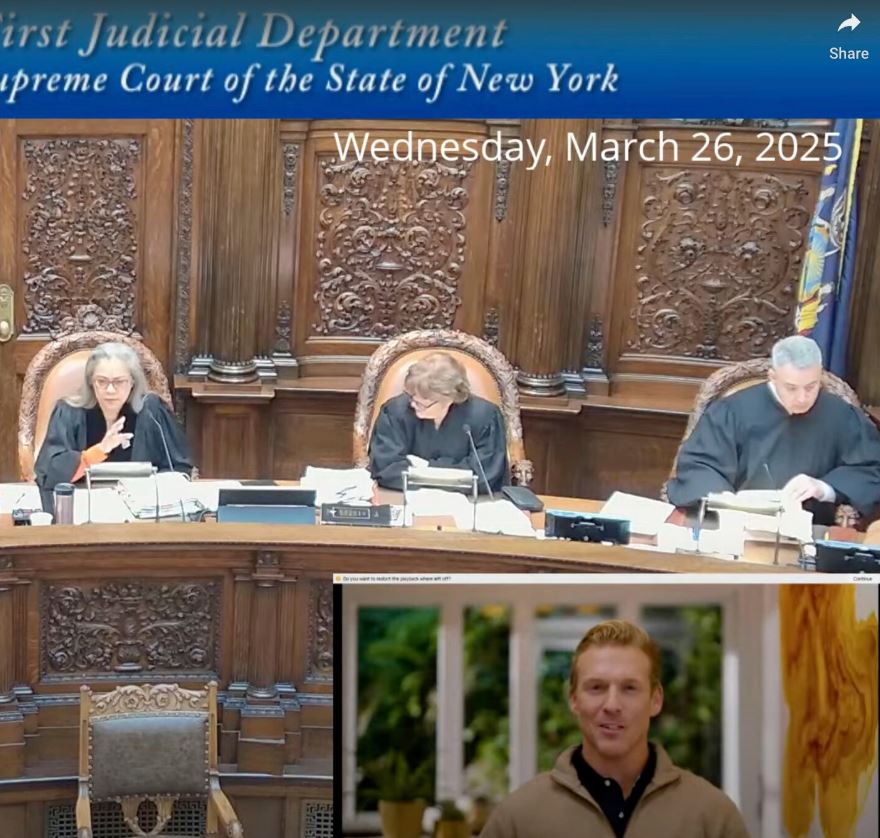 In a New York courtroom, an unexpected twist unfolded when Jerome Dewald, a 74-year-old entrepreneur, attempted something quite novel. During a legal hearing, he used an AI-generated avatar to present his case, hoping this tech-savvy approach would bolster his appeal. Dewald’s startup claims it’s “revolutionizing legal self-representation with AI,” but his innovative strategy didn’t sit well with Justice Sallie Manzanet-Daniels during the employment dispute hearing on March 26th.
In a New York courtroom, an unexpected twist unfolded when Jerome Dewald, a 74-year-old entrepreneur, attempted something quite novel. During a legal hearing, he used an AI-generated avatar to present his case, hoping this tech-savvy approach would bolster his appeal. Dewald’s startup claims it’s “revolutionizing legal self-representation with AI,” but his innovative strategy didn’t sit well with Justice Sallie Manzanet-Daniels during the employment dispute hearing on March 26th.
The court had permitted Dewald to submit a video for his case, but things took a turn when a mysterious face appeared on screen. Justice Manzanet-Daniels paused the proceedings, puzzled by the virtual speaker’s presence. Dewald then confessed, “I generated that. It’s not a real person,” revealing that the avatar, named Jim, was crafted by an AI avatar company called Tavus.
Dewald explained to The Register that he resorted to using an avatar because he struggled with extended speaking. However, the court wasn’t informed that the video wasn’t genuine. Justice Manzanet-Daniels was clearly displeased: “It would have been nice to know that when you made your application. You did not tell me that, sir, I don’t appreciate being misled.” She further reprimanded Dewald, adding, “You are not going to use this courtroom as a launch for your business.”
This incident is just one of several recent hiccups involving AI in legal settings. Back in 2023, two attorneys and a law firm got into hot water for submitting fake legal research fabricated by ChatGPT. Similarly, DoNotPay, a company offering “robot lawyer” services, was fined $193,000 by the FTC in February for making unfounded claims about its AI’s abilities compared to human lawyers.
While technology continues to evolve and offer new possibilities, it’s crucial to tread carefully, especially in formal settings like courtrooms. As this case shows, transparency and honesty remain key, even when embracing innovative tools.








